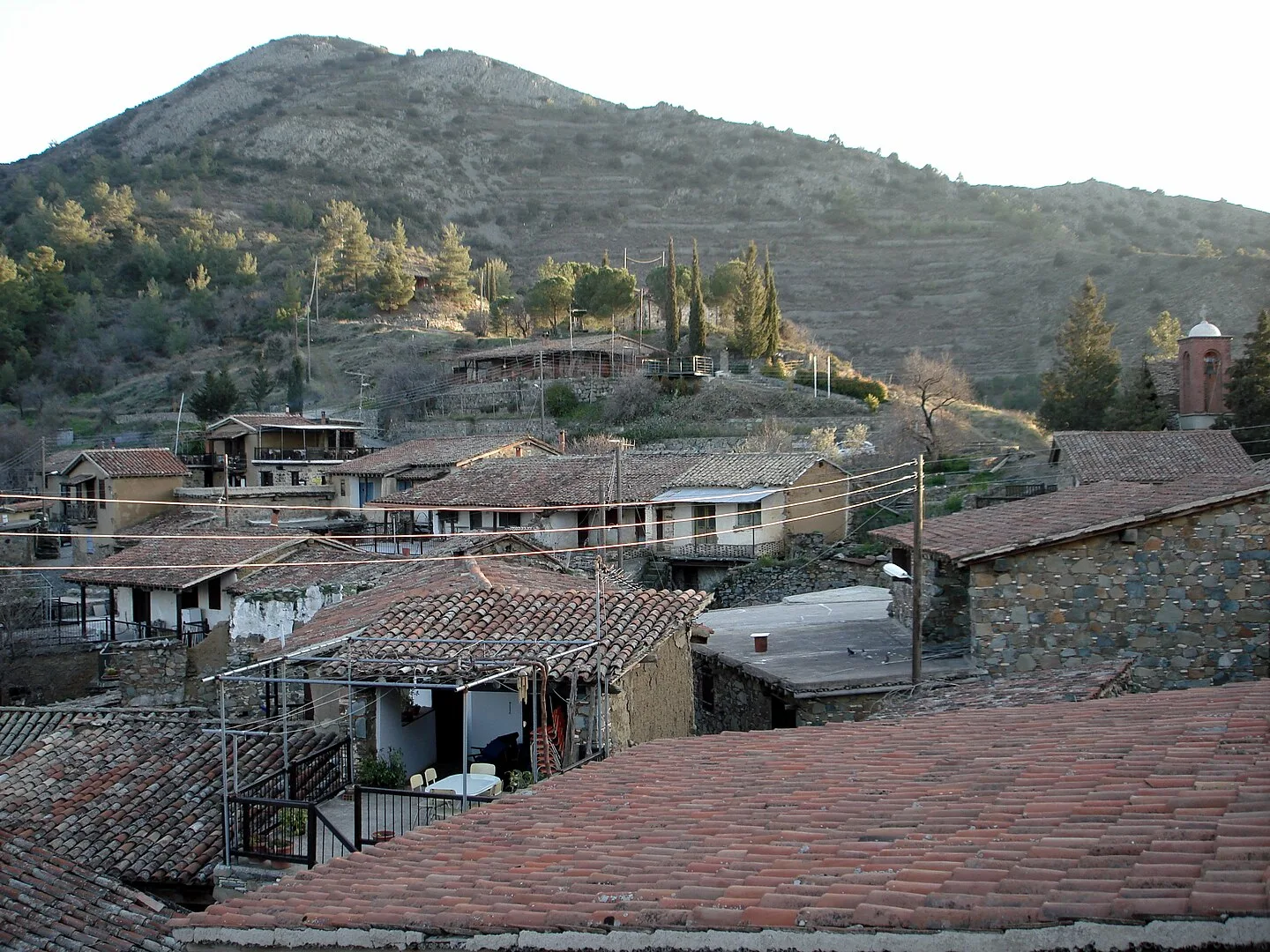Fikardou is a medieval village that is at risk of disappearance. A team from Cyprus University have employed an innovative way to preserve the village by 3D scanning it.
Fikardou is located in the centre of Cyprus. It is renowned for its medieval characteristics that tells a story of the bygone era. Firkardou is an exemplary example of Cyprus’ cultural heritage. However, the village faces major challenges as the population dwindles due to urban migration. Since the mid-20th century, many of the village’s inhabitants have moved out, leaving historic buildings abandoned.
Recognising the pressing need for preservation, the Cypriot Department of Antiquities assumed responsibility for the village in 1978, designating it an ‘Ancient Monument’ and implementing stringent regulations by declaring it a ‘Controlled Area’. In 1984, a comprehensive revitalisation project was undertaken to restore dilapidated buildings and enhance the village’s infrastructure. These efforts were recognised by UNESCO and led to Fikardou now being included on the tentative list of World Heritage Sites, highlighting its cultural significance and potential for international acclaim.
3D scanning revives Fikardou
Following the revitalisation efforts that began in 1984, the Cypriot Department of Antiquities initiated a 3D scanning and preservation project for Fikardou Village, which was undertaken by the Cyprus University of Technology (CUT).
The UNESCO Chair on Digital Cultural Heritage team at CUT utilised technologies such as LIDAR scanning, 360° photography, and drone photography to capture the intricate details of Fikardou’s built and natural environment. This initial phase was crucial in creating a comprehensive multimedia digital representation of the village.
Central to the preservation efforts was the implementation of digital preservation strategies adhering to international best practices, ensuring the longevity and accessibility of Fikardou’s digital materials.

The preservation team engaged with the community, conducting interviews with the village’s remaining inhabitants. These interviews were invaluable in capturing Fikardou’s intangible heritage, including stories, traditions, and cultural practices passed down through oral tradition. Each voice added depth to the digital archive, weaving a rich tapestry of intangible heritage that defines the village’s unique identity.
3D data modelling played a crucial role in organising the digitised information. By establishing clear relationships between data entities and attributes, data models ensured the coherence and accessibility of the village’s digital archives.
All these preservation efforts culminated in an online platform, eFikardou, that shares its cultural legacy with a global audience. Through immersive virtual tours, interactive exhibits, and educational resources, the platform serves as a dynamic portal for engaging with the village’s rich history and architectural splendour.
The efforts of the CUT team have boosted economic growth in the local community by revitalising heritage tourism. Since the preservation project began, there has been a significant increase in visitors to Fikardou, with over 100,000 people exploring the village by the end of the year. The eFikardou platform has also played a substantial role, recording 62,037 online visits in December 2023 alone, with 89.5% of these originating from Cyprus.
